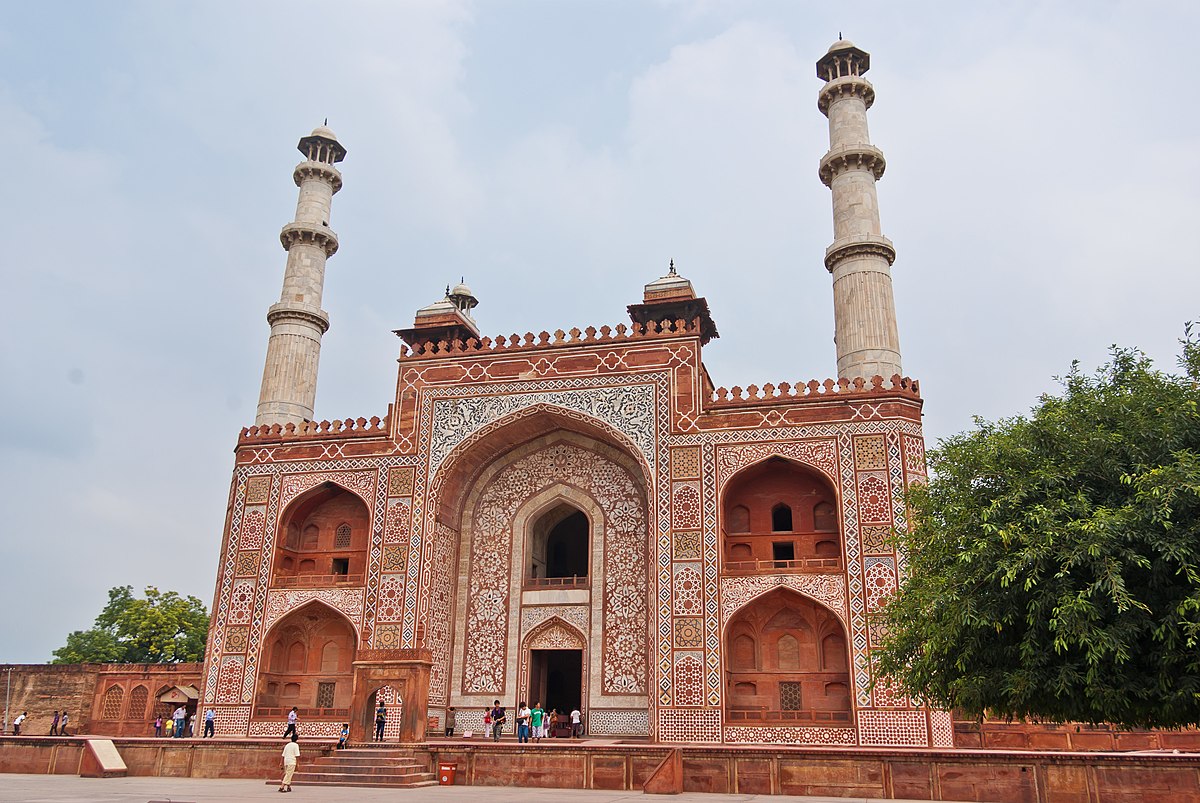Introduction: The Tomb of Akbar the Great, located in Sikandra near Agra, India, is a magnificent mausoleum dedicated to Emperor Akbar, one of the greatest rulers of the Mughal Empire. This grand structure stands as a testament to Akbar’s legacy and is a remarkable example of Mughal architecture. The tomb attracts visitors from around the world who are captivated by its grandeur and historical significance.
History:
Construction of the Tomb of Akbar the Great began during Akbar’s reign and was completed in 1613, almost a decade after his death. Akbar, known for his secular outlook and innovative policies, played a significant role in shaping the Mughal Empire. The tomb was designed by Akbar himself, reflecting his vision of a harmonious blend of Persian, Hindu, and Islamic architectural elements.
Architecture:
The Tomb of Akbar the Great exhibits a unique architectural style that combines elements of Islamic, Hindu, and Persian design. The structure is built mainly from red sandstone, with intricate marble inlay work and geometric patterns adorning the facades. The mausoleum features four elegant minarets at each corner, adding to its grandeur.

Key Features:
The mausoleum houses the tomb of Emperor Akbar, which is located in the central chamber and is beautifully adorned with marble and decorative motifs. The intricate carvings and inscriptions on the walls depict various cultural influences and religious symbols. The expansive gardens surrounding the tomb create a serene and tranquil atmosphere.
Visiting the Tomb of Akbar the Great:
To visit the Tomb of Akbar the Great, visitors can explore the main gateway and enter the complex. Inside, they can marvel at the impressive architectural details and explore the beautifully landscaped gardens. The peaceful ambiance offers a serene space for reflection and appreciation of Akbar’s contributions to Indian history.click here
Preservation and Conservation:
Efforts have been made to preserve and restore the Tomb of Akbar the Great, ensuring its architectural integrity and historical significance are maintained. Conservation projects focus on protecting the delicate carvings, restoring the gardens, and safeguarding the structural stability of the monument.
Conclusion || Tomb of Akbar the Great
The Tomb of Akbar the Great stands as a magnificent tribute to one of India’s most remarkable emperors. Its architectural splendor, rich historical significance, and serene surroundings make it a must-visit destination in Agra. As visitors explore the tomb and its surroundings, they can appreciate the grandeur and legacy of Emperor Akbar, leaving with a deeper understanding of the Mughal Empire and its cultural heritage.
Book Your Flights : Here 30% OFF on Booking
Book Your Hotels : Here 20% OFF on Booking

0 Comment